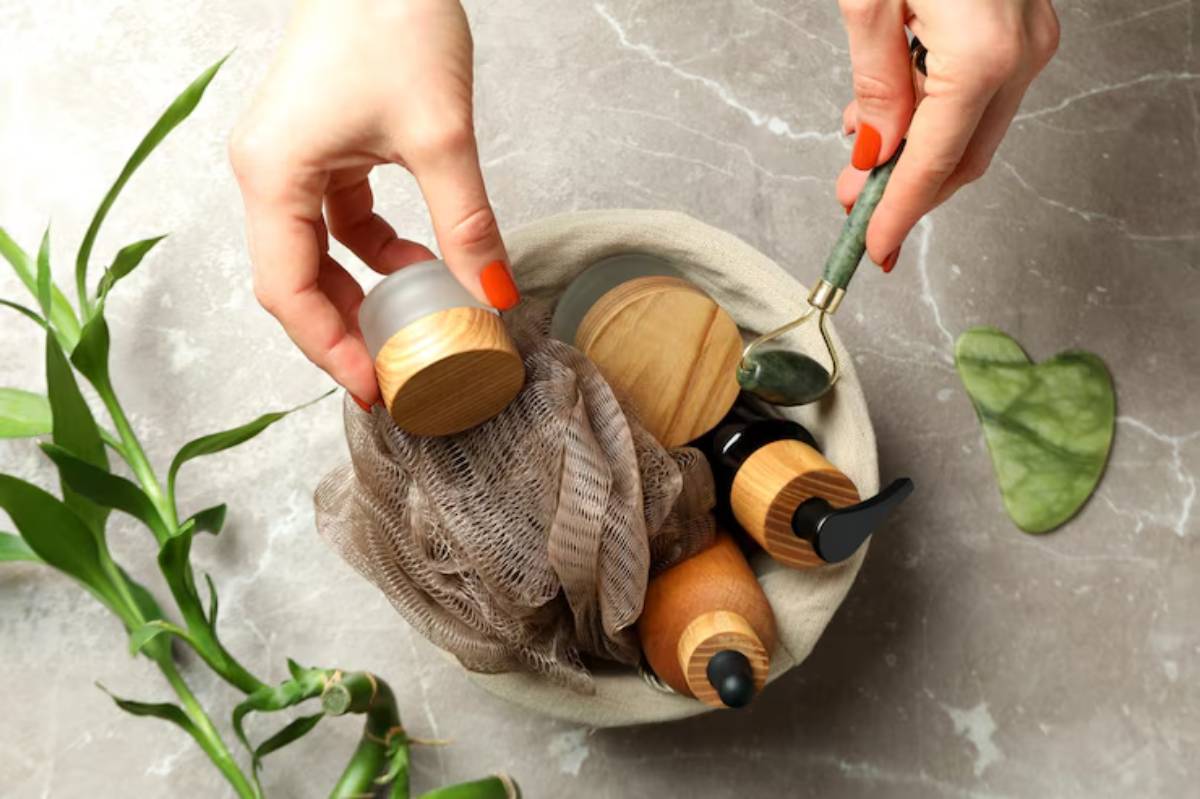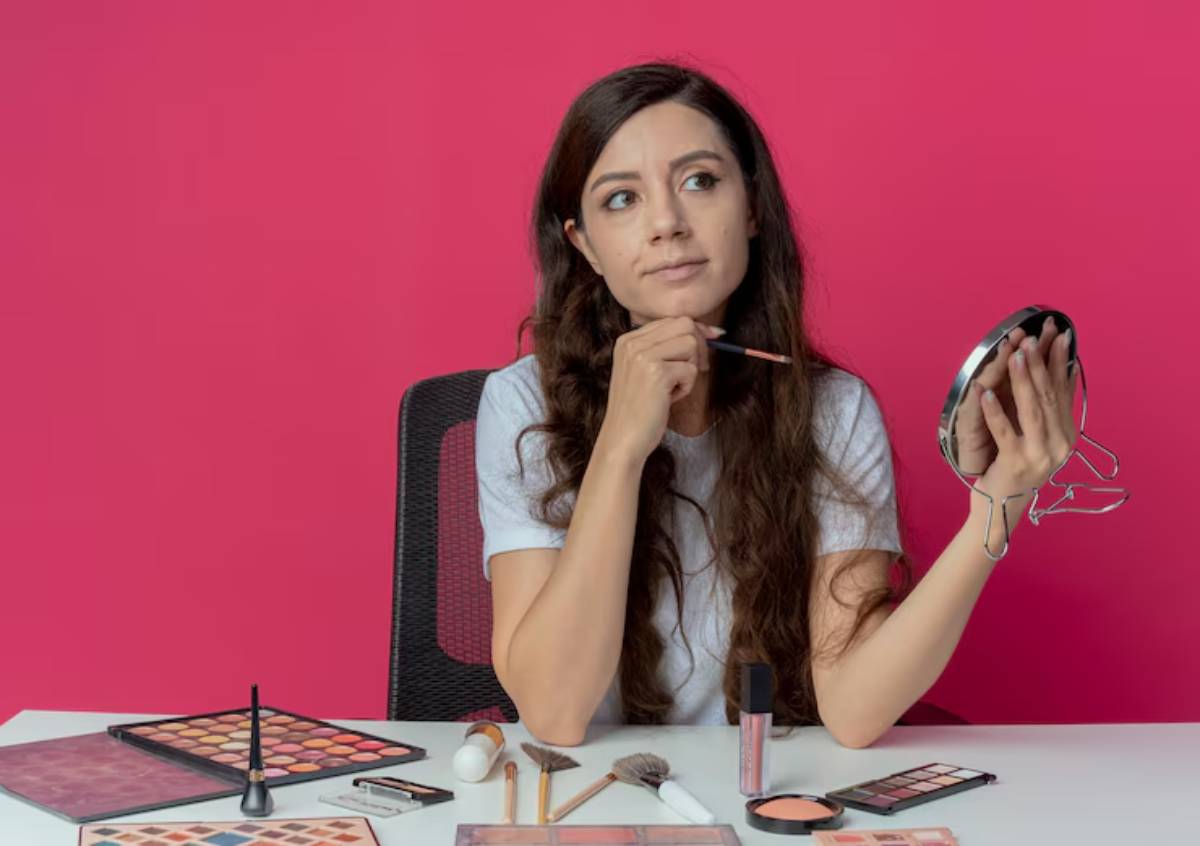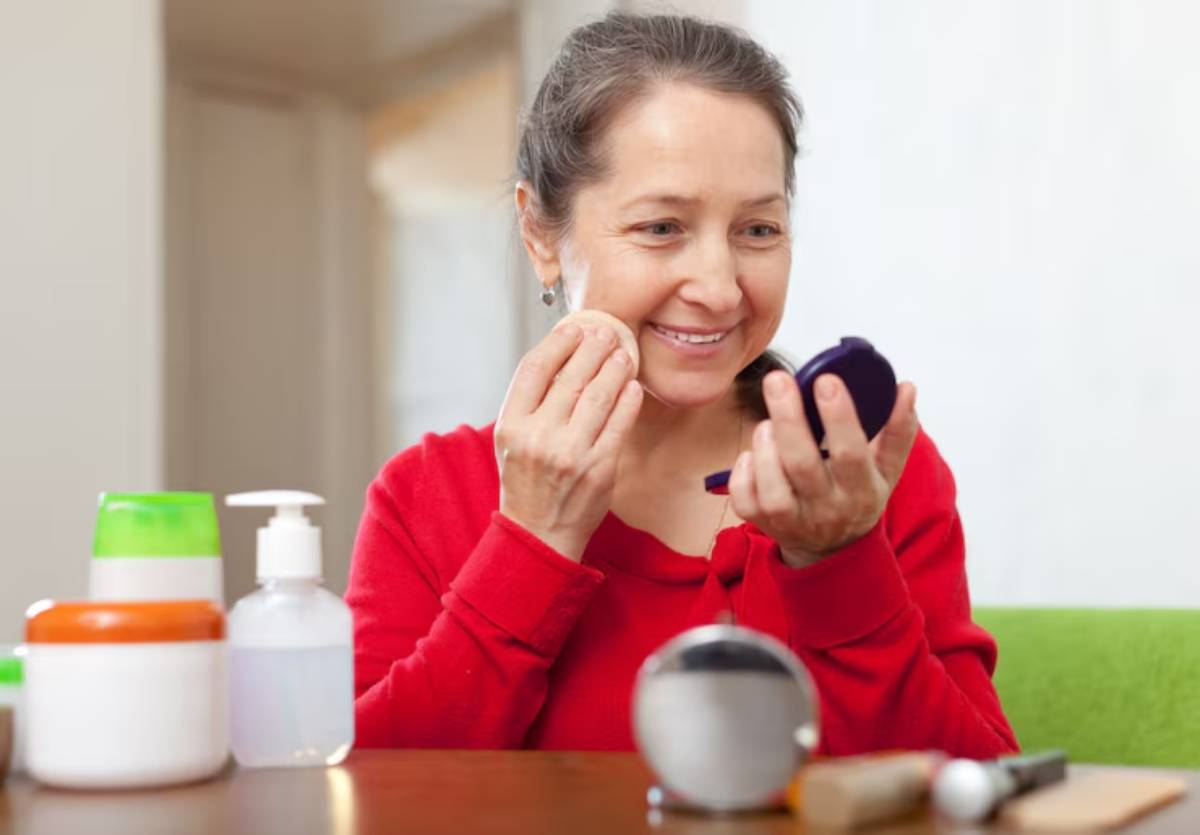
Makeup Expiry Dates: What to Check When Thrifting
There’s nothing like the thrill of scoring a cult-favourite makeup product for £2 at a charity shop or flea market. But with that thrill comes a critical question: is it still safe to use?
As more budget-conscious beauty lovers turn to thrift stores and secondhand markets for deals, understanding makeup expiration dates has never been more important. Expired products can harbour bacteria, irritate your skin, or simply not perform the way they should.
In this article, we’ll explore how to check expiry dates on makeup, spot signs a product is past its prime, and explain when it’s okay to buy and when it’s best to pass. If you’re building your collection on a budget, this is your must-know handbook for thrift makeup safety.
Why Expiry Dates Matter (Even on Unused Makeup)
Makeup isn’t designed to last forever. Every product has a shelf life, and using it past that point can lead to:
- Skin irritation or allergic reactions
- Breakouts and clogged pores
- Eye infections (especially from mascaras and liners)
- Poor performance (dry texture, weak pigment, bad smell)
- Bacterial growth, especially in moist environments
Even if the packaging looks clean and untouched, time, temperature, and exposure matter. That’s why checking expiration dates on secondhand makeup is non-negotiable.
For more on what makeup items are actually worth buying secondhand, check out Best Beauty Items to Score at Thrift Shops.
How to Find Expiry Dates on Makeup
1. Look for the PAO (Period After Opening) Symbol
This is the little open jar icon with a number followed by the letter ‘M’ (e.g., 6M, 12M, 24M). It indicates how long the product is good after it’s been opened.
Tip: If you’re thrifting, you likely don’t know when it was first opened — so proceed with caution unless it’s sealed.
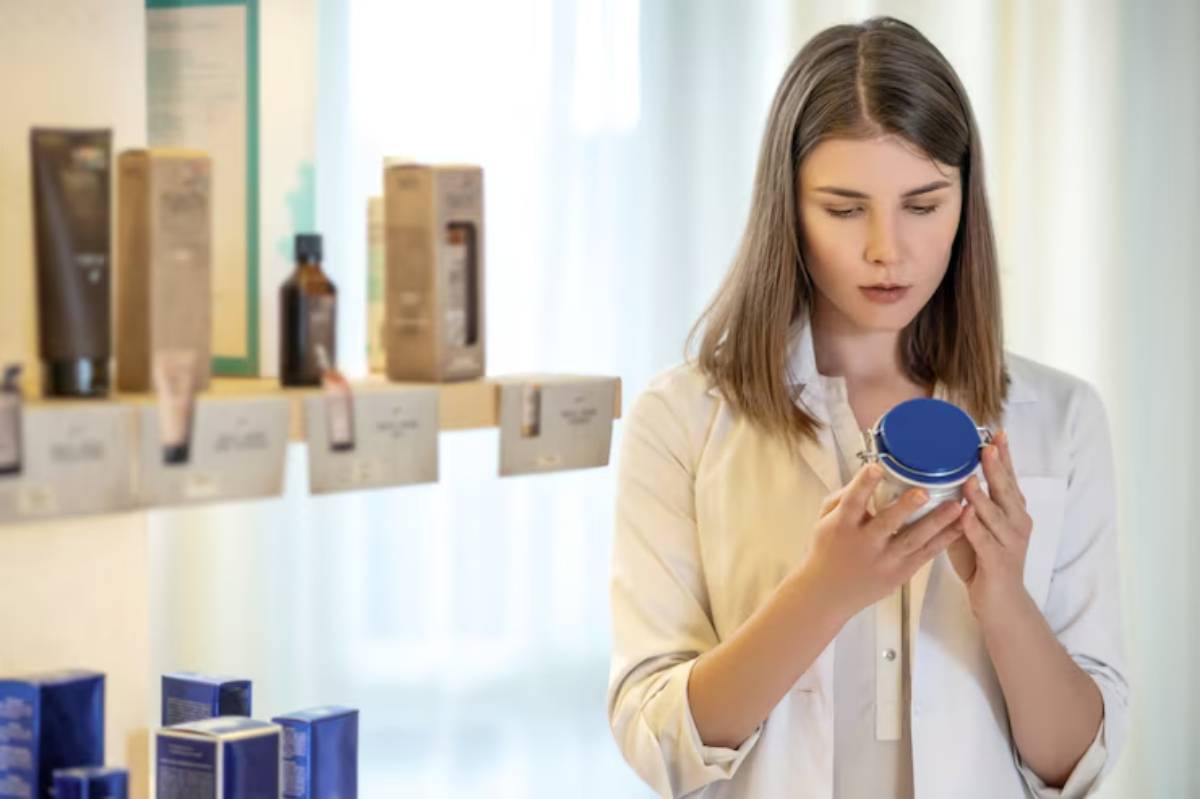
2. Check for a Batch Code
Most brands print a batch code on the bottom or side of the product. You can input this code into online checkers like CheckFresh or Cosmetics Wizard to estimate the manufacture date.
Important:
- Products are generally good 3 years from the manufacture date if unopened.
- Once opened, follow the PAO guidance.
3. Trust Your Senses
When in doubt, use your eyes and nose.
- Does it smell off or rancid?
- Has the texture changed (clumpy, dry, or oily)?
- Has the colour shifted or separated?
If yes, toss it — no bargain is worth a skin reaction.
Makeup Expiry Guidelines by Product Type
Here’s a quick cheat sheet to help you evaluate secondhand makeup:
| Product | Expiry (After Opening) | Thrift Rule |
| Mascara | 3–6 months | Avoid if opened or if wand looks used |
| Liquid eyeliner | 3–6 months | Avoid – too risky for eye infections |
| Pencil eyeliner | 12–24 months | Okay if sharpened and sanitised |
| Lipstick/lip gloss | 12–18 months | Only if sealed or visibly untouched |
| Powder blush/eyeshadow | 24 months | Okay if no hard pan or strange smell |
| Foundation (liquid) | 6–12 months | Avoid unless brand new & sealed |
| Foundation (powder) | 18–24 months | Okay if clean and intact |
| Cream blush/concealer | 6–12 months | Avoid if scooped or smeared |
What to Ask Yourself Before Buying Secondhand Makeup
Use this mental checklist every time you spot a secondhand beauty bargain:
- Is the product sealed or visibly unused?
- Can I sanitise it properly (i.e., it’s a powder or solid product)?
- Is the expiry date within range based on the manufacture date or the batch code?
- Does it smell or look off in any way?
- Will I actually use it, or am I buying just because it’s cheap?
If you answer “no” to any of the above, it’s better to walk away.
Safely Use Secondhand Makeup (If It Passes Inspection)
1. Disinfect the packaging: Wipe down lipstick tubes, compacts, or palettes with 70% isopropyl alcohol and a cotton pad.
2. Remove the top layer: For powders, blushes, or eyeshadows, gently scrape off the top layer with a clean spatula or tissue.
3. Sharpen pencils: A new tip = a fresh start. Use a clean, sharpener.
4. Use disposable applicators: Don’t use the original mascara wand or gloss applicator. Use disposable wands to reduce contact and bacteria transfer.
5. Store in a cool, dry place: Heat and humidity can speed up product degradation. A drawer or vanity box is best.
Need a deep-cleaning guide? Refer to How to Sanitise Secondhand Beauty Tools for step-by-step tips on brushes, rollers, and more.
What About Expired But Unopened Makeup?
It’s a grey area — some unopened products can still be safe to use if stored well, but performance may suffer.
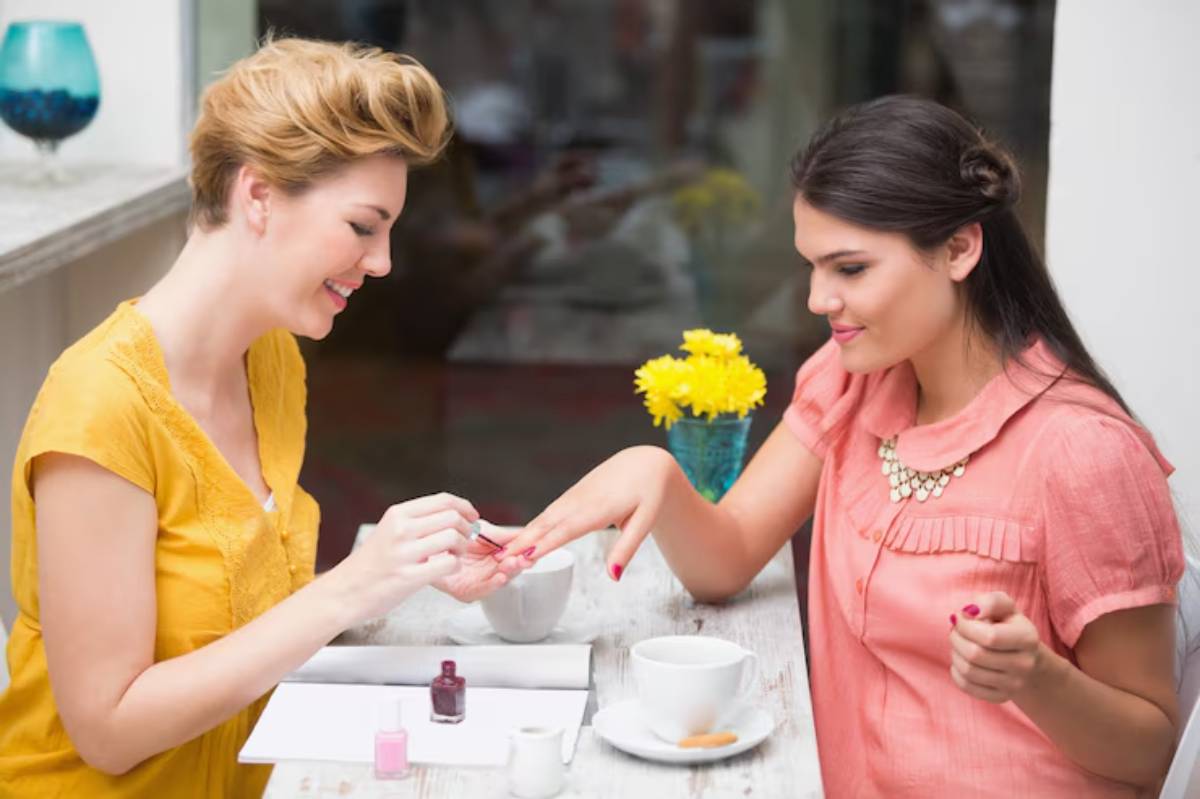
Consider using only on:
- Your hands (like nail polish swatches or artistry)
- Body, not face (like body glitter or shimmer)
- For display or collector’s value
If you’re a collector or artist, expired-but-unopened makeup can still serve aesthetic or non-skin purposes.
Avoid These Common Mistakes
- Forgetting to check for hard pan: It’s a sign of moisture contamination.
- Trusting only appearance: Some products look fine but smell off.
- Ignoring batch codes: Take the extra 30 seconds to verify the manufacture date.
- Reusing mascara wands or lip applicators: Major hygiene no-no.
- Overstocking because it’s cheap: A deal’s not a deal if it ends up unused or tossed.
Final Thoughts: Safe, Smart, and Budget-Savvy
Thrifting makeup can be fun, sustainable, and budget-friendly — but only if you know what to check. Understanding makeup expiration dates, spotting red flags, and sanitising properly will save you time, money, and your skin.
Your secondhand stash should feel like a treasure chest, not a gamble. With the right approach, you can enjoy thrift makeup safely and score products you may never find in stores again.
